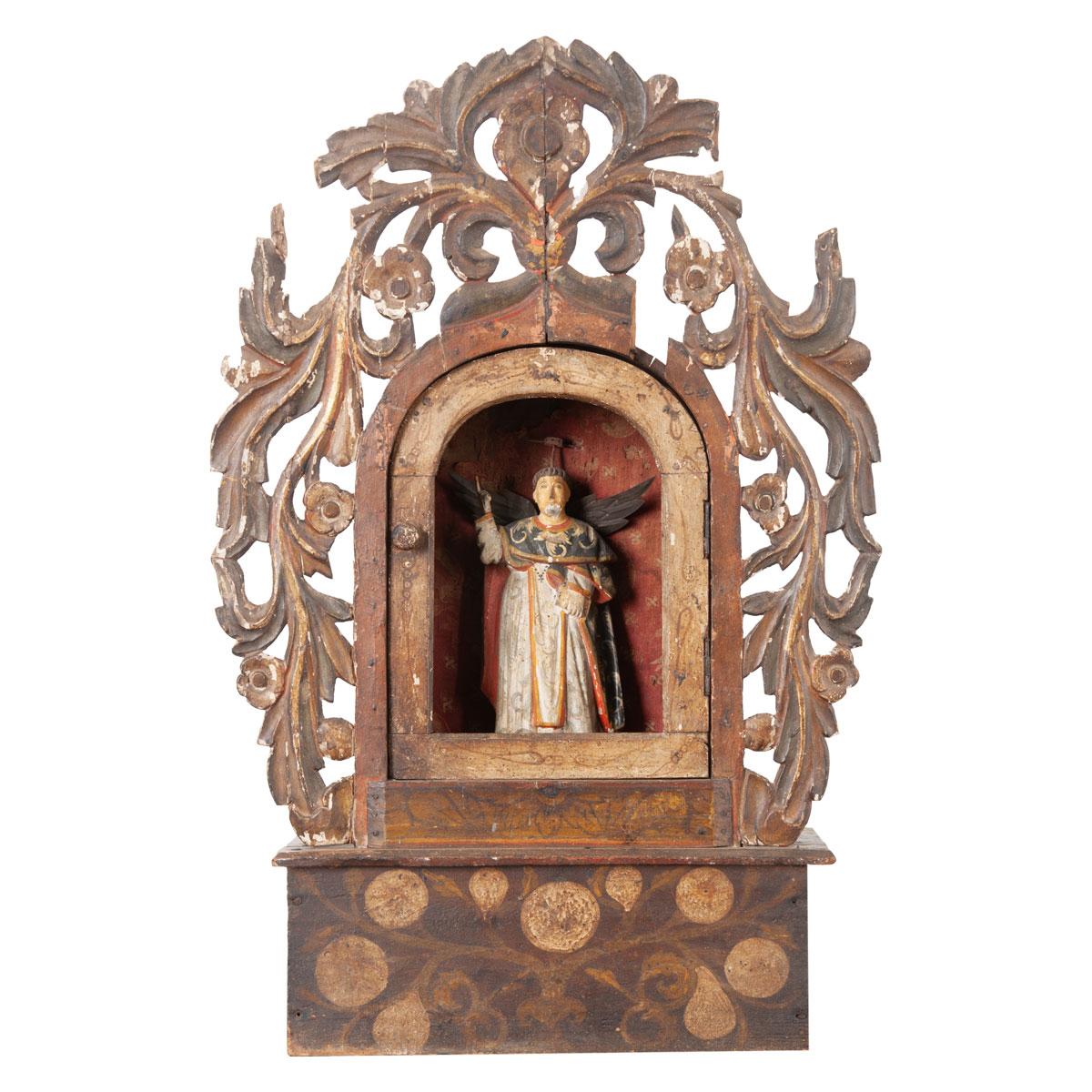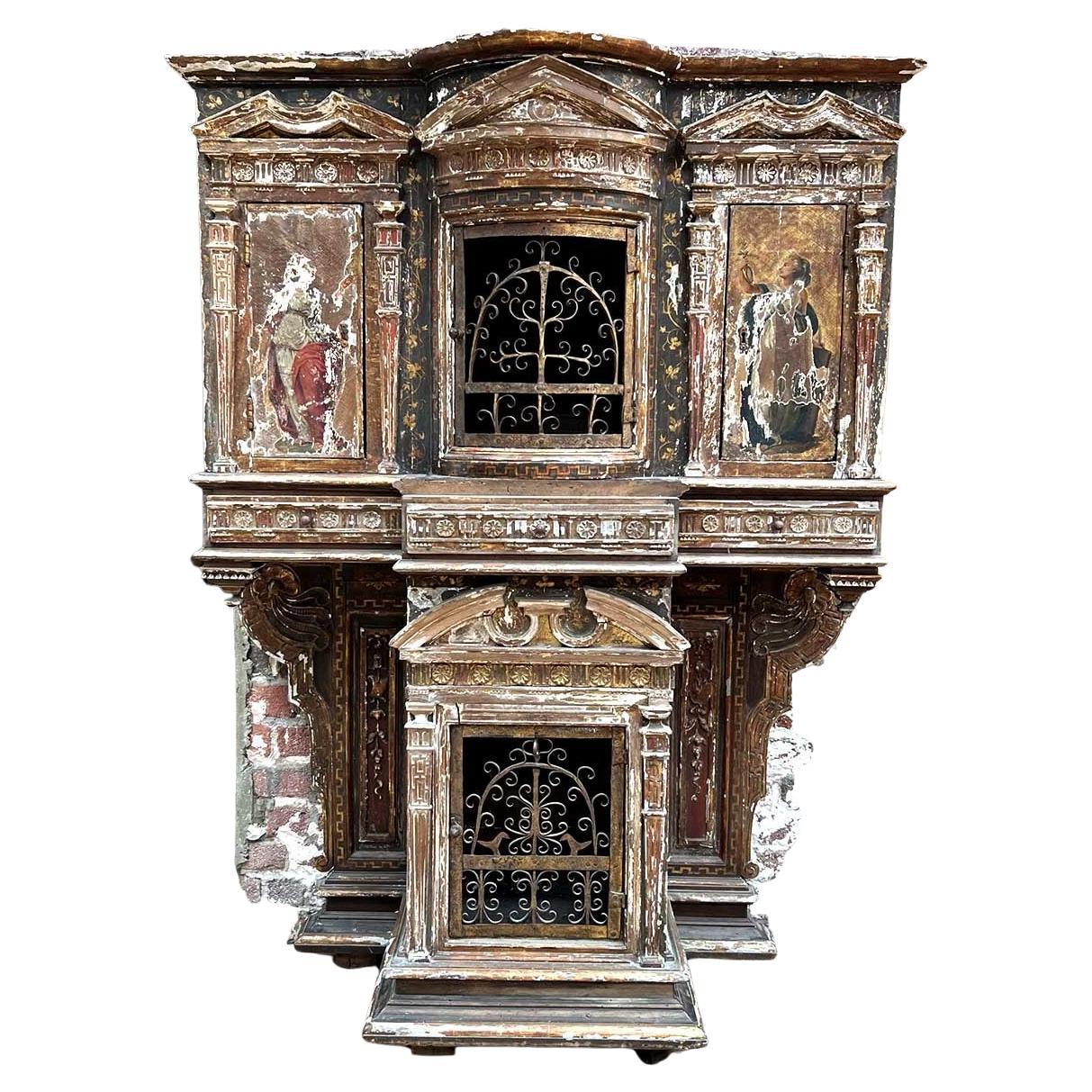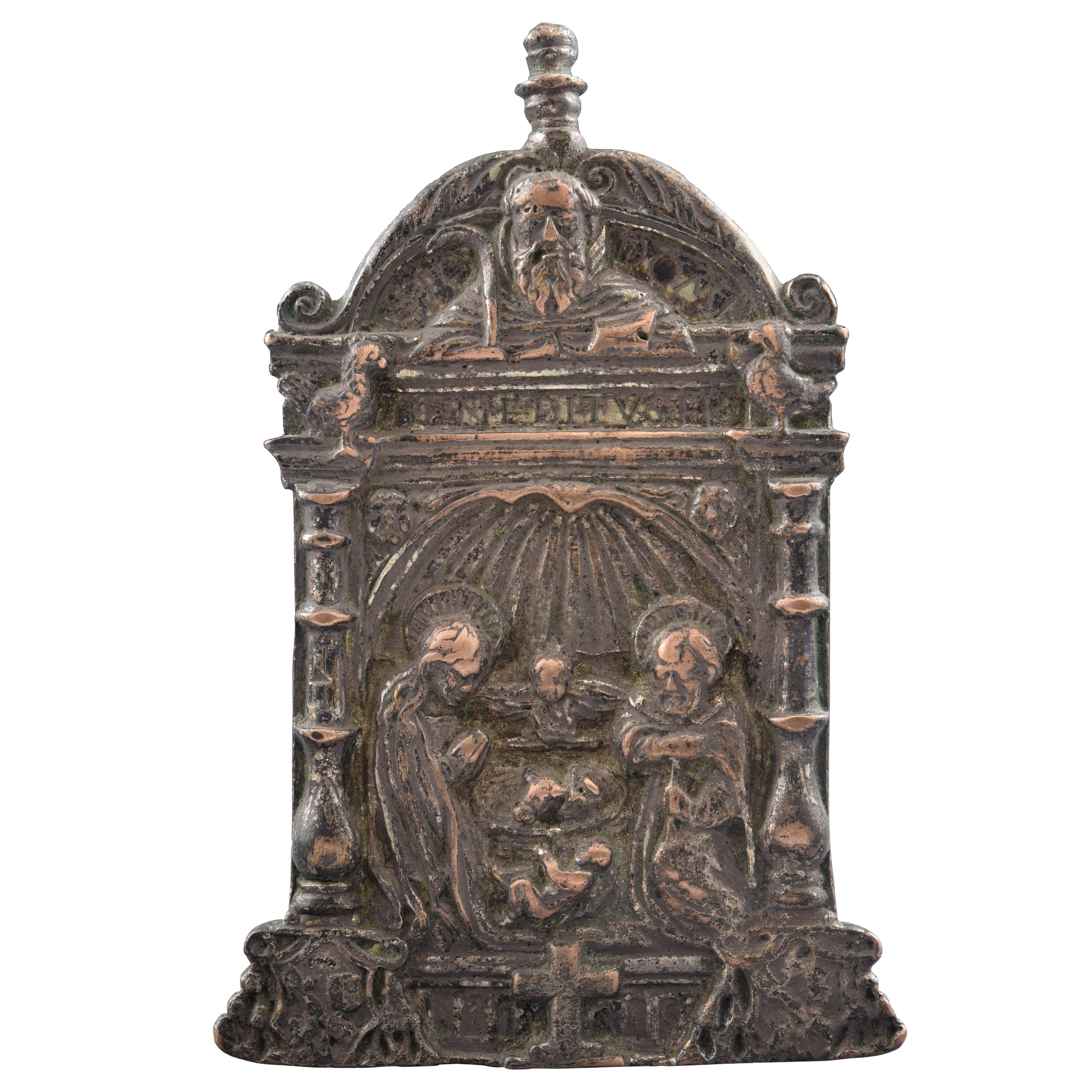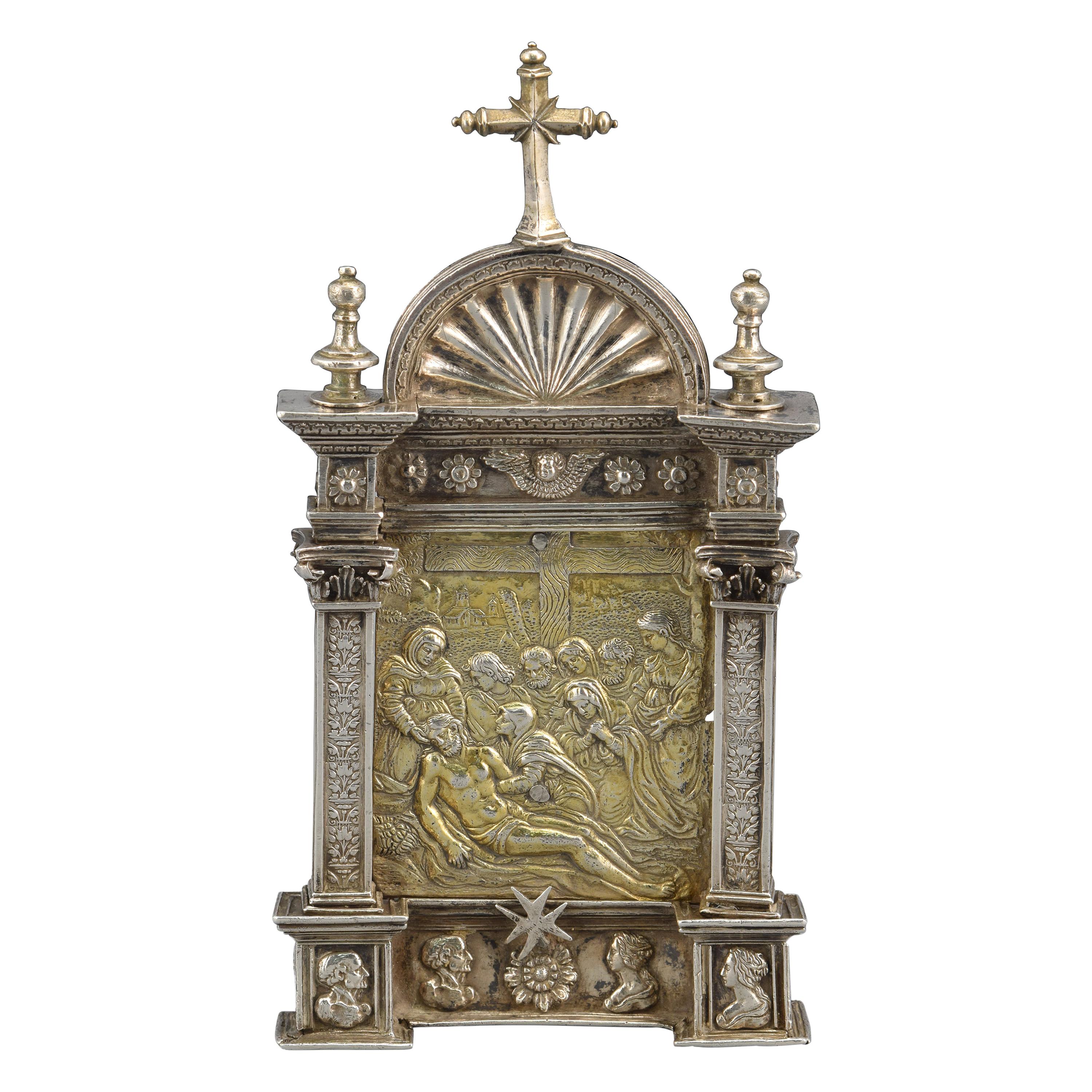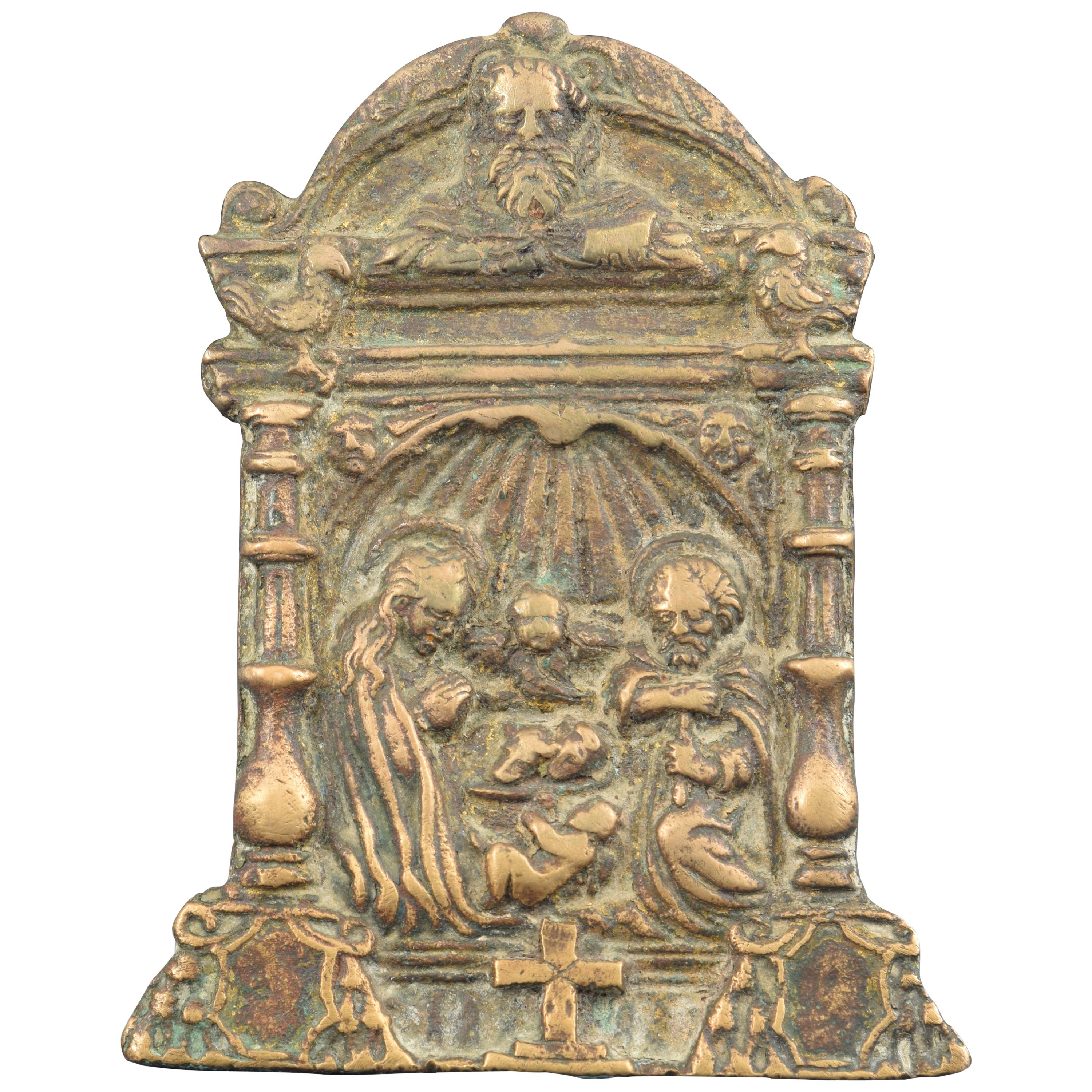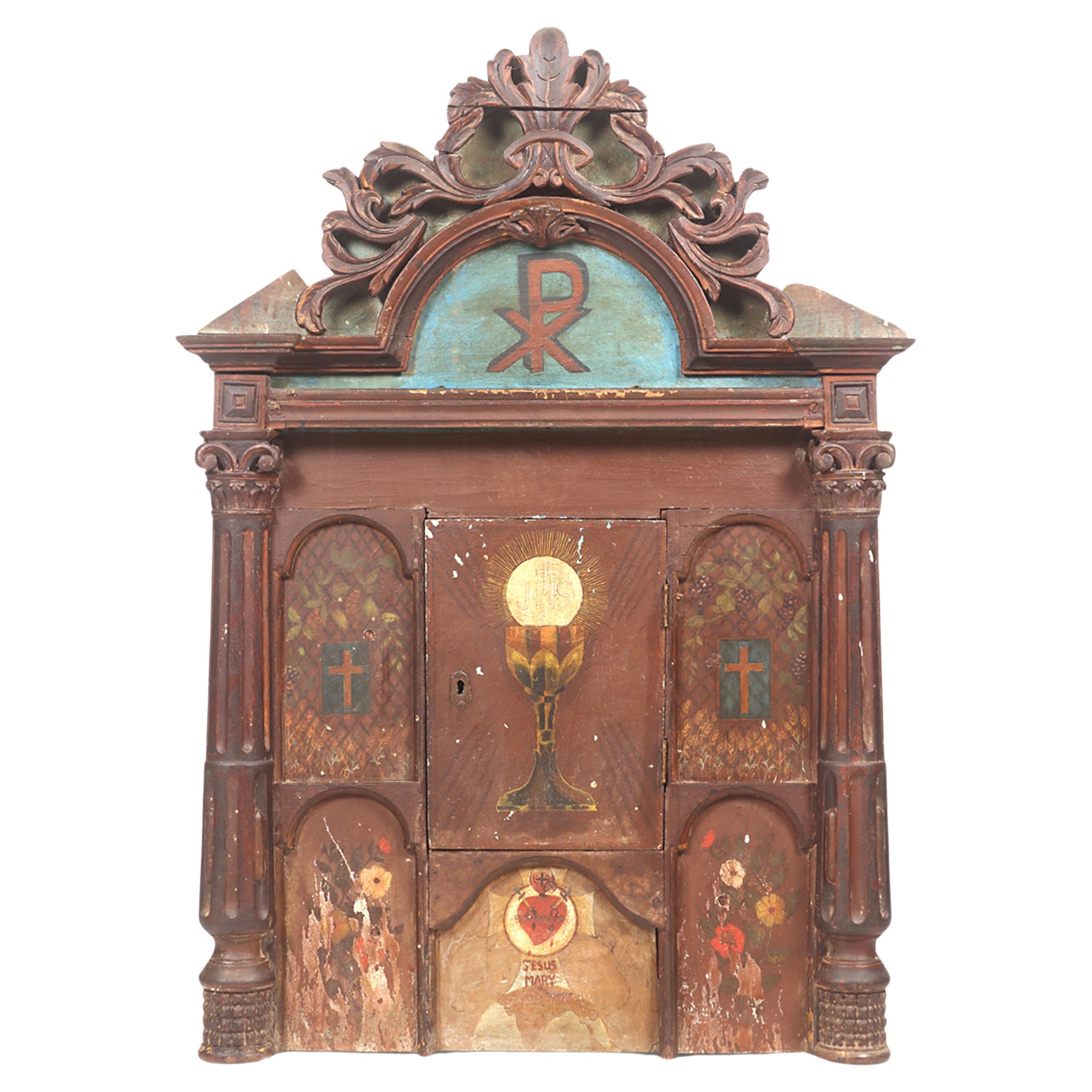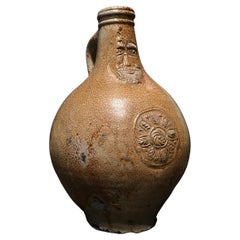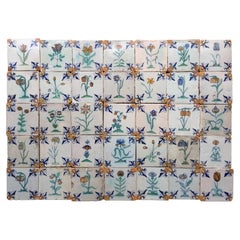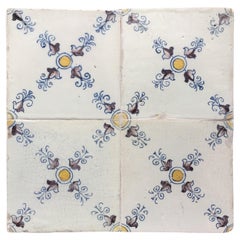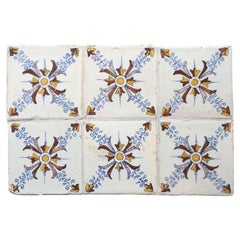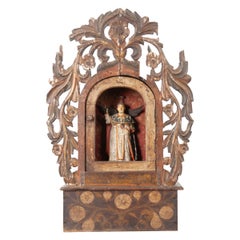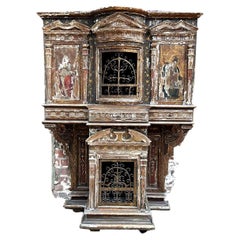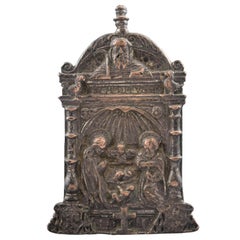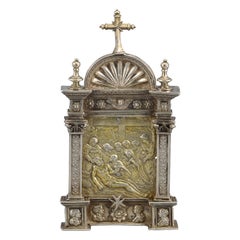Items Similar to Italian Liturgical Pax Brede Or Osculatorium From The 16th Century
Want more images or videos?
Request additional images or videos from the seller
1 of 9
Italian Liturgical Pax Brede Or Osculatorium From The 16th Century
$4,470.30
£3,316.53
€3,750
CA$6,120.06
A$6,856.44
CHF 3,568.77
MX$83,498.34
NOK 45,461.39
SEK 42,811.80
DKK 28,553.14
Shipping
Retrieving quote...The 1stDibs Promise:
Authenticity Guarantee,
Money-Back Guarantee,
24-Hour Cancellation
About the Item
Italy
16th century
A liturgical Pax Brede or Osculatorium. The carved wooden board “Kiss of Peace” representing Christ as a man of sorrows. The pax has the shape of an ancient temple. Christ is placed in a niche between four balusters. The upper pediment is decorated with a head with winged angles. At the back, we find the original handle.
With original polychrome painting
With the normal signs of use and age for a piece of about 500 years old!3750
- Dimensions:Height: 7.49 in (19 cm)Width: 5.16 in (13.1 cm)Depth: 3.27 in (8.3 cm)
- Style:Renaissance (Of the Period)
- Materials and Techniques:
- Place of Origin:
- Period:
- Date of Manufacture:Second half of the 16th century
- Condition:Wear consistent with age and use. With the normal signs of use and age.
- Seller Location:AMSTERDAM, NL
- Reference Number:1stDibs: LU6389238538242
About the Seller
5.0
Vetted Professional Seller
Every seller passes strict standards for authenticity and reliability
Established in 2017
1stDibs seller since 2022
10 sales on 1stDibs
- ShippingRetrieving quote...Shipping from: AMSTERDAM, Netherlands
- Return Policy
Authenticity Guarantee
In the unlikely event there’s an issue with an item’s authenticity, contact us within 1 year for a full refund. DetailsMoney-Back Guarantee
If your item is not as described, is damaged in transit, or does not arrive, contact us within 7 days for a full refund. Details24-Hour Cancellation
You have a 24-hour grace period in which to reconsider your purchase, with no questions asked.Vetted Professional Sellers
Our world-class sellers must adhere to strict standards for service and quality, maintaining the integrity of our listings.Price-Match Guarantee
If you find that a seller listed the same item for a lower price elsewhere, we’ll match it.Trusted Global Delivery
Our best-in-class carrier network provides specialized shipping options worldwide, including custom delivery.More From This Seller
View All17th century German Stoneware Bellarmine Jug
Located in AMSTERDAM, NH
Germany
Frechen
Circa 1620 – 1650
Bellarmine or Bartmann jug with a flower medallion.
A salt-glazed and iron-engobed bellarmine with a narrow neck, sphe...
Category
Antique 1630s German Ceramics
Materials
Ceramic, Faience
A 17th century set of 35 polychrome Dutch Delft tiles with flowers
Located in AMSTERDAM, NH
A rare set of 35 polychrome Dutch Delft tiles with flowers.
Made in The Netherlands.
Circa 1620 - 1640.
This set of tiles is of fine quality and has a bright glaze. They date to the...
Category
Antique Early 17th Century Dutch Delft and Faience
Materials
Ceramic
Set of 4 Polychrome Dutch Delft Tiles with Ornamental Design
Located in AMSTERDAM, NH
A set of 4 polychrome Dutch Delft tiles with ornamental design.
Made in Haarlem, The Netherlands.
Circa 1625 - 1650.
The Netherlands
Haarlem
...
Category
Antique Early 17th Century Dutch Delft and Faience
Materials
Ceramic
Set of 6 Polychrome Dutch Delft Tiles with Ornamental Design
Located in AMSTERDAM, NH
A set of 6 polychrome Dutch Delft tiles with ornamental design.
Made in Haarlem, The Netherlands.
Circa 1625 - 1650.
A panel of six colourful o...
Category
Antique Early 17th Century Dutch Delft and Faience
Materials
Ceramic
18th Century Dutch Delft Tile Panel with decoration of a liquor seller
Located in AMSTERDAM, NH
The Netherlands
Rotterdam
Circa 1725 – 1775
A manganese tile panel of two tiles, probably the base of a pillar, with the decoration of a liquor seller, and by the look on his face h...
Category
Antique Mid-18th Century Dutch Baroque Delft and Faience
Materials
Ceramic, Faience, Majolica
Dutch VOC Silver Shipwreck Treasure Coins From The Akerendam Shipwreck 1724
Located in AMSTERDAM, NH
Origin: Holland
Value: 2 pennies / 2 stuiver
Date: 1724
A VOC Akerendam shipwreck treasure of nine 2 stuivers minted by the Province of Holland ...
Category
Antique 1720s Dutch Nautical Objects
Materials
Silver
You May Also Like
Early 19th Century Italian Altar
Located in Baton Rouge, LA
This early 19th century Italian altar is made of worn painted wood and worn fabric details. This is a highly decorative altar for the unknown Catholic saint...
Category
Antique 19th Century Italian Religious Items
Materials
Fabric, Wood, Paint
17th Century Italian Tabernacle Altar
Located in TOURCOING, FR
17th Century Italian Tabernacle Altar
Magnificent 17th-century Italian tabernacle altar in carved, painted, and gilded wood. This architectural devotional piece features a richly ad...
Category
Antique 1680s Italian Cabinets
Materials
Iron
Bronze Pax or Pax Board, 16th Century
Located in Madrid, ES
Paper holder bronze, 16th century.
Bronze paper holder with a flat curved handle on the back that features a relief decoration organized in the front through an architectural composition with a classical influence usual in the Renaissance. Under the columns on the sides there are two heraldic shields (without bonnet, laces with tassels on three levels) with a Latin cross in the middle zone; the center shows a birth of Christ under a winged dome with heads of winged angels in the corners; at the top and under a semi-circular arch, the bust of Saint Dominic...
Category
Antique 16th Century Spanish Renaissance Religious Items
Materials
Bronze
Silver Pax O Portapaz, Spain, 16th Century
Located in Madrid, ES
Portapaz. Silver in its color and gilded. Century XVI.
Portapaz made of silver that has a handle (decorated with delicate plant motifs similar to those of the pilasters) and a female and a male bust at the bottom, as well as other architectural elements on the back, and, on the front, an architectural composition classicist basement (with busts flanking a flower and a cross), two pilasters (vegetal decoration and capital recalling the composite order) with entablature (flowers flanking an angel's head; moldings), and a semicircular arch finish with elements veined in relief under cross and flanked by two architectural motifs in the upper part. This composition frames and enhances a gilt silver relief where you can see the Lament or Cry over the Body of Christ, with the Virgin holding the head of Jesus, Saint John at her side, the Magdalene and other characters, a cross following the group and a landscape background with houses and plant elements. This architectural structure mentioned is similar to the one present in other 16th century portapaces, such as that of the Magdalena de Dos Hermanas parish (Hernando de Ballesteros el Mozo, around 1575); or that of the Galaroza parish (same author and date); or that of the portapaz of San Miguel de Jerez de los Caballeros (in some details); etc. As for the relief, it is possible to clearly see a strong Italian influence, and the similarity between it and important pieces such as the Portapaz known as “de Cisneros by Juan de Burgos (1493-1497; MuseoCatedralicio de Alcalá de Henares), as well as in paintings and reliefs. Also noteworthy are both the male and female busts in the lower area and the Maltese cross (or Saint John's) that appears in this area. This symbol was used since the 12th century as an insignia by the Knights Hospitallers of the Order of Saint John of Jerusalem, also known as the Order of Malta...
Category
Antique 16th Century Spanish Renaissance Religious Items
Materials
Silver
Bronze Pax or Pax Board, 16th Century
Located in Madrid, ES
Paper holder bronze. 16th century.
Portapaz made of bronze with a flat handle in "that" on the back that presents a decoration in light relief framed in an architectural composition of classic taste. Under the columns of the sides two heraldic shields are presented; the center shows a Birth of Christ under a winged dome with heads of winged angels in the corners; flanked by two birds, at the top and under a semicircular arch, is the bust of Saint Dominic...
Category
Antique 16th Century Spanish Renaissance Religious Items
Materials
Bronze
18th Century Indo Portuguese Altar
Located in West Hollywood, CA
A stunning 18th Century Indo-Portuguese altar from Goa. This is in wonderful condition with its original surface and paintings.
Category
Antique 18th Century Indian Other Religious Items
Materials
Wood, Paint
More Ways To Browse
16th Century Italian Furniture
16th Century Italian Wood
Antique Wood Niche
Religious Niche
Used Liturgical Items
Italian Gold Gilt Wood Religious
Pax Board
Head Of Jesus
Gothic Trefoil
Religious Reliquary
Rare Antique Bibles
Antique Orthodox Icons
Rare And Antique Bibles
Religious Kneeler
Altar Cross
Antique Church Crucifix
Gothic Altar
Antique Religious Medallions
